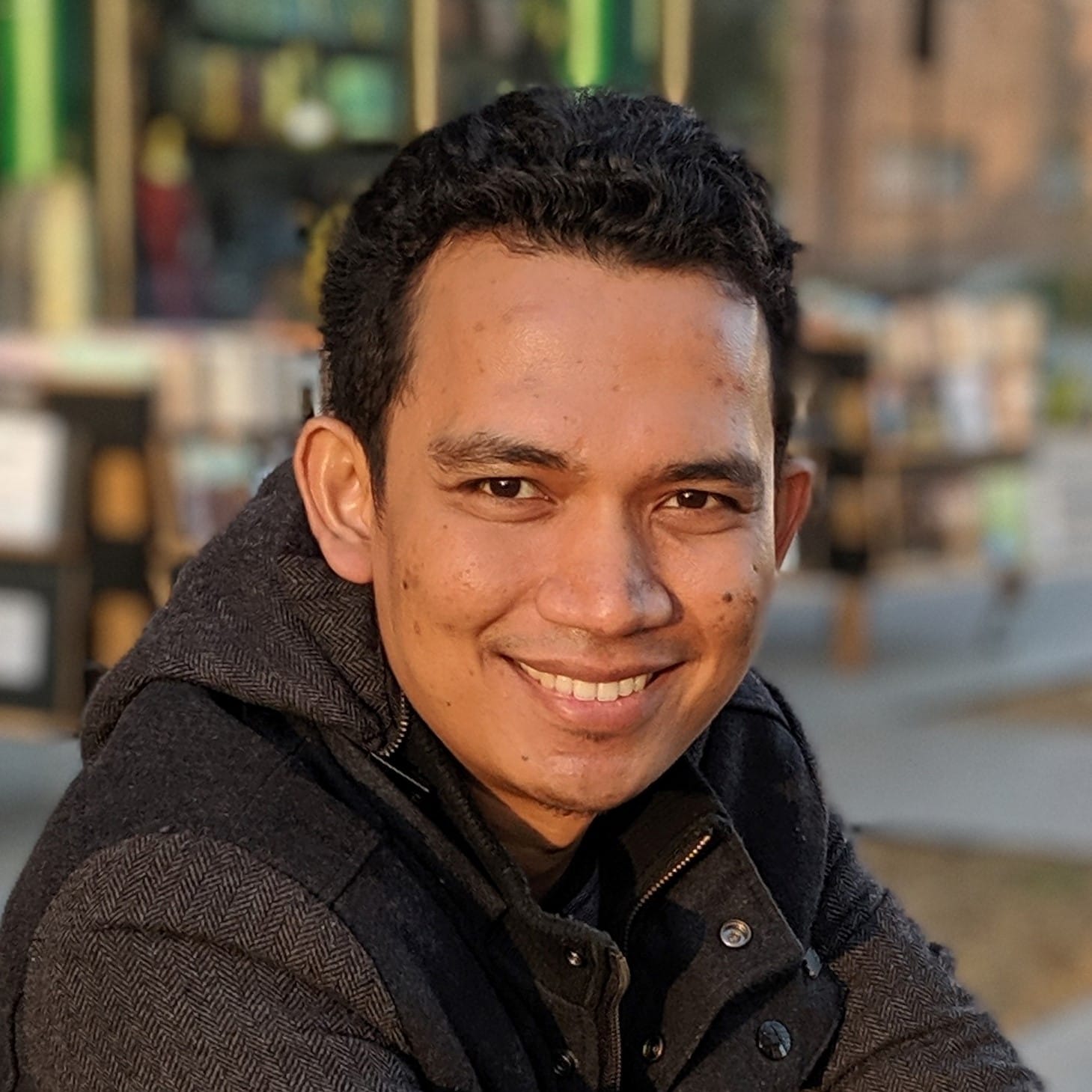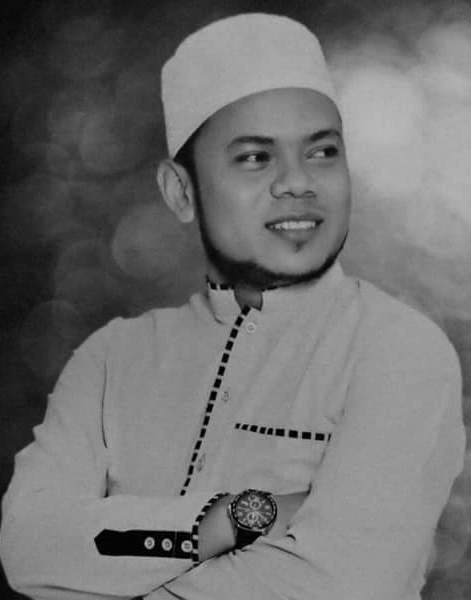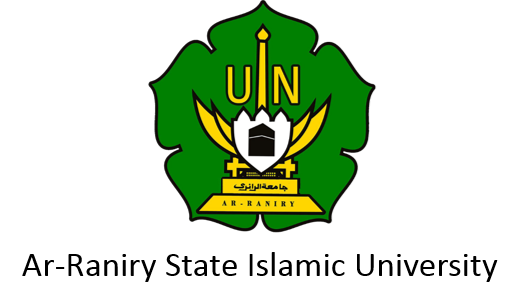Guest Lecture Series
Indonesian Islamic Performance in the Context of
an Indian Ocean Sound World
an Indian Ocean Sound World
Speaker:
Dr. Anne K. Rasmussen
Proffesor of music and ethnomusicology
Director of William and Mary Middle Eastern Music Ensemble at
College of William and Mary in Williamsburg, Virginia
About GLS:
In this Guest Lecture Series I first frame my research on Islamic Musical Arts and the Culture of Quranic Recitation highlighting the selective transmigration of artistic aesthetics, performance practice, and social ideologies around the Indian Ocean and particularly from the Arab world. I then describe the rite of return is particular to ethnographic research. Germaine to my project in the current moment, is the productive tension between tolerance of diverse forms of expression and diverse kinds of people and the presence of Islam radikal and its approach to religion that proscribes various forms of Indonesian regional practice.
I ask ICAIOS colleagues to think with me about how can we locate the intersection(s), both historical, contemporary, and imaginary where Arab aesthetics and practice meet the extraordinary creativity and diversity of the Indonesian archipelago. Finally, I address my continuing mandate to make Indonesian Islamic expressive culture known beyond the archipelago and particularly in North America with in the context of Global Islam.
In this Guest Lecture Series I first frame my research on Islamic Musical Arts and the Culture of Quranic Recitation highlighting the selective transmigration of artistic aesthetics, performance practice, and social ideologies around the Indian Ocean and particularly from the Arab world. I then describe the rite of return is particular to ethnographic research. Germaine to my project in the current moment, is the productive tension between tolerance of diverse forms of expression and diverse kinds of people and the presence of Islam radikal and its approach to religion that proscribes various forms of Indonesian regional practice.
I ask ICAIOS colleagues to think with me about how can we locate the intersection(s), both historical, contemporary, and imaginary where Arab aesthetics and practice meet the extraordinary creativity and diversity of the Indonesian archipelago. Finally, I address my continuing mandate to make Indonesian Islamic expressive culture known beyond the archipelago and particularly in North America with in the context of Global Islam.

















